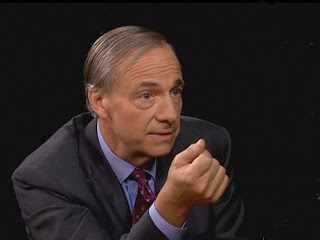I accidentally committed (pun intended) a blog post when commenting on a friend's social media widget. I thought I would capture it here.
The magnitude of the outrage over the revelations of the PRISM program caught quite a few off guard, I'm sure. Especially since this is not a new narrative. It has waxed and waned since the Renaissance at least, appearing in the works of Bacon, Machiavelli, Nietzsche (tangentially), Hegel, to list just a few.[0]
The narrative gained its stride during the industrial revolution, as the world progressed through the birth pangs of the practical implications concepts such as those optimistically, if irreverently, labeled "self determinism."[1]
Not saying both dystopias don't exist, but... well, this comic says it best. No need to reiterate.
http://d24w6bsrhbeh9d.cloudfront.net/photo/5196073_700b_v1.jpg
To summarize, while worrying about the Orwellian vision is appropriate, I wouldn't want to ignore Huxley's prophecies.
Additionally, if you have the supply of Advil required, reading Das Kapital and Contribution to the Critique, stripped of political polemic predicts the path of decades since with nontrivial accuracy. (ref. Marx's dialectical analysis and 6 stages.) [2]
This rant bought to you with my nine-month long obsession with complexity theory, and recent discovery of Dr. Didier Sornette's work with feed-forward systems aggregated over subjective probability ensembles. I'm a fan.
TED talk: http://www.ted.com/talks/didier_sornette_how_we_can_predict_the_next_financial_crisis.html
http://d24w6bsrhbeh9d.cloudfront.net/photo/5196073_700b_v1.jpg
To summarize, while worrying about the Orwellian vision is appropriate, I wouldn't want to ignore Huxley's prophecies.
Additionally, if you have the supply of Advil required, reading Das Kapital and Contribution to the Critique, stripped of political polemic predicts the path of decades since with nontrivial accuracy. (ref. Marx's dialectical analysis and 6 stages.) [2]
This rant bought to you with my nine-month long obsession with complexity theory, and recent discovery of Dr. Didier Sornette's work with feed-forward systems aggregated over subjective probability ensembles. I'm a fan.
TED talk: http://www.ted.com/talks/didier_sornette_how_we_can_predict_the_next_financial_crisis.html
[0] I shudder to think how many orders of magnitude more sources an informed person - a Taleb (pun intended) - could name.
[1] I do wonder how much it was fueled by disillusionment that was a reaction to being caught between the reverberations of the Great Wars and the emerging zeitgeist that seemed (I'm guessing) ideological, and, prima facie, iconoclastic.
[2] I do disagree with Marx on the specifics. I further disagree with him in his sentiment that we stop at #6. The difficulty folks seem to have in looking beyond the absurd assumption of the finality of individualism in constructing most -ism's - as opposed to seeing individualism as a product of the proto-industrial forces that shaped the 12th century - is something I consider amazing. It's a strange blind spot. But that's a tangential rant for some other time.






